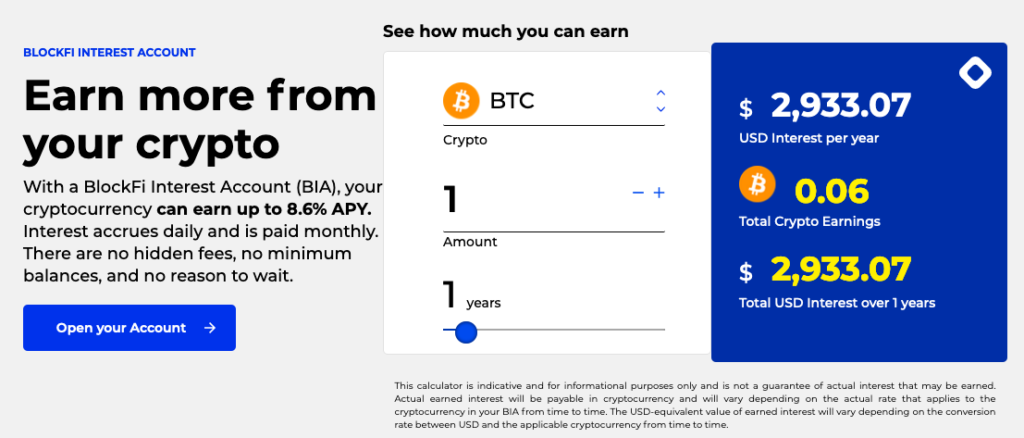Unlike a regular bank account, no one can freeze you out of your bitcoin or cryptocurrency account. No one can unilaterally take money from it. This is because bitcoin is decentralised, with the blockchain running on millions of computers globally, owned by everyone and no one. For years, the press and influencers have likened owning cryptocurrency to being ‘your own bank’.
The downsides are when you store your tokens in a wallet that’s really not yours – for example, on a crypto exchange. If the exchange itself is hacked, you lose your tokens. This happened most famously in 2016 when the exchange Mt. Gox lost over USD 2 trillion in crypto – when the price of bitcoin was a fraction of today’s.
Mt. Gox Creditors Seek Trillions Where There Are Only Millions (Published 2016)
The $2.4 trillion in bankruptcy claims against the failed Bitcoin exchange are a far cry from the $91 million in assets that have been tracked down.
Then, two years ago, the founder of QuadrigaCX , another crypto exchange, passed away when on a trip (incidentally, to India). Apparently, he and he alone held the password to the wallet in which some the exchange’s crypto was held = then worth GBP 145 million. Because the keys to the tokens were in an offline hardware wallet (like a pen drive), they were quite secure from being hacked online, but now that the password to the wallet was lost, it was the same as the tokens themselves being lost.
Millions of dollars of bitcoin lost after man dies with only password
Conspiracy theories have been raised about the whereabouts of the QuadrigaCX exchange’s funds
That same misfortune has befallen other people too. Last month the New York Times profiled a few people who similarly lost access to their cryptocurrency, now worth life-changing amounts.
Mr. Thomas years ago lost the paper where he wrote down the password for his IronKey, which gives users 10 guesses before it seizes up and encrypts its contents forever.
The password will let him unlock a small hard drive, known as an IronKey, which contains the private keys to a digital wallet that holds 7,002 Bitcoin.
[but] he has two guesses left to figure out a password that is worth, as of this week, about $220 million.
Lost Passwords Lock Millionaires Out of Their Bitcoin Fortunes
Bitcoin owners are getting rich because the cryptocurrency has soared. But what happens when you can’t tap that wealth because you forgot the password to your digital wallet?
In fact – and this was way back in 2017 –
between 2.78 million and 4 million Bitcoin have disappeared already, implying 17 to 23 percent are already gone, according to new research from digital forensics firm Chainalysis.
– Bitcoin’s Missing 23 Percent Problem
Up To 23 Percent Of All Bitcoins Have Been Lost
New research from digital forensics firm Chainalysis shows that nearly 4 million Bitcoin — as much as 23 percent of the cryptocurrency — have been lost so far.
However, there are happy stories as well, like this one all the way back in 2013, about a person who bought USD 24 in bitcoin in 2009 (I have translated from Norwegian):
Kjøpte bolig for internettpenger
Som student brukte Kristoffer Koch 24 dollar – omtrent 150 kroner – på internettvalutaen bitcoin. Kursen steg til himmels, og nå eier han en treroms på Tøyen.
In the work of master’s degree and job search, Kristoffer forgot the investment , but when the price skyrocketed in April, bitcoin appeared in several media, and Kristoffer realized that he had bought a kind of internet currency a few years ago.
The next day he frantically searched for the password, which he had of course encrypted. In the end, he came to the right combination, and vips shone the sum against him.
There were 5000 bitcoins there. Measured at today’s exchange rate, it is approximately five million kroner, he says. Koch realized NOK 1.1 million of the online currency, and spent the money on his own apartment on Tøyen in Oslo.










